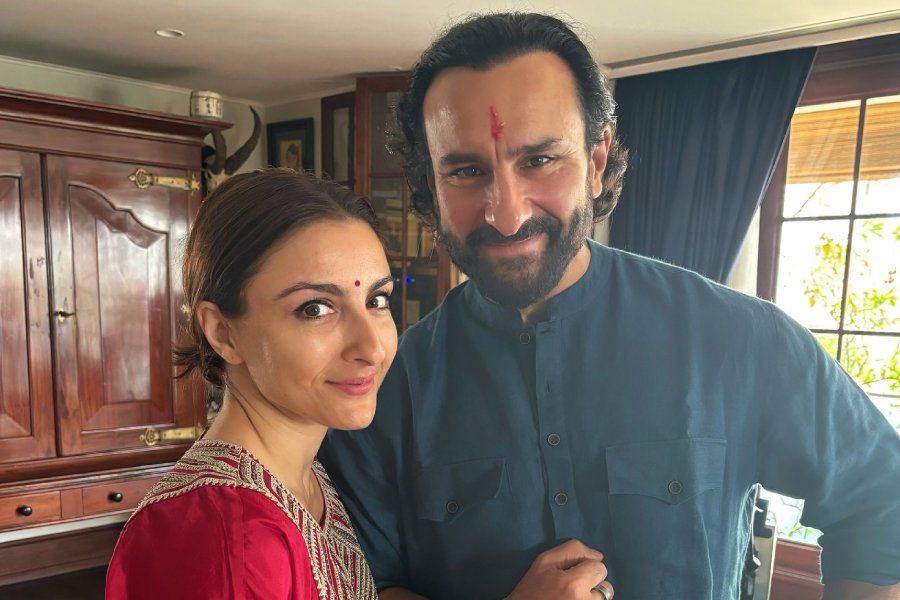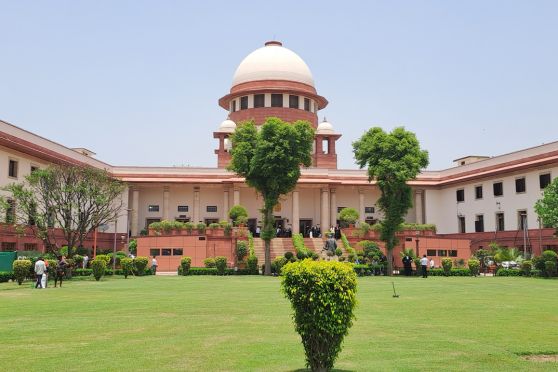At the end, the fearsome militant leader who had helped unleash a vicious war seemed barely a threat.
In a video captured by an Israeli drone, a man sat alone, badly wounded and caked in dust amid the ruins of a building in the Gaza Strip, wrapped in a kaffiyeh and staring directly into the camera. The man, Israeli officials say, was Yahya Sinwar, the chief of Hamas.
The stare-down lasted some 20 seconds, then the man limply but defiantly hurled a broken piece of wood toward the drone. Not long afterwards, officials say, an Israeli soldier shot him in the head, and a tank shell flattened part of the building.
So ended the long hunt for one of the world’s most wanted men. It began hours after the brutal October 7, 2023, attack on Israel that Sinwar helped orchestrate, and concluded amid the destruction of a Rafah neighbourhood resembling so many parts of Gaza, levelled by the Israeli military in the year since.
The manhunt involved Israeli commandos and spies, as well as a special unit established inside the headquarters of Shin Bet, Israel’s domestic intelligence service, and at the Central Intelligence Agency. It used a sophisticated electronic surveillance dragnet and ground-penetrating radar provided by the United States.
New details about Sinwar’s movements over the past year have emerged since his death, including the fact that Israeli intelligence officers had seen mounting evidence since August that Sinwar, or possibly other top Hamas leaders, might be in Rafah’s Tel al-Sultan neighbourhood.
They observed people there moving about with their faces covered, sometimes apparently surrounded by guards, suggesting that they were senior Hamas officials or hostages. And in September, they found Sinwar’s DNA in urine collected from a tunnel.
In the end, Sinwar was discovered and killed in Rafah’s Tel al-Sultan neighbourhood somewhat by happenstance, by a group of troops on a routine patrol. But Israeli forces had spent weeks scouring the neighbourhood based on the intelligence that senior Hamas officials were hiding there, possibly with Israeli hostages.
Sinwar died above ground, just a few hundred metres from a tunnel complex where he had been hiding this summer, according to Israeli officials, and where six Israeli hostages were killed in late August.
This account of the hunt for Sinwar, and his eventual killing on Wednesday, is based on interviews with Israeli and American government officials, speaking on condition of anonymity to discuss sensitive intelligence operations, as well as classified Israeli government documents obtained by The Times.
Sinwar had been a spectral presence since the Hamas-led October 7 attacks. There had been only glimpses of him over the past year, and he is believed to have spent most of his time hidden underground.
Yet he commanded Hamas’s forces in an ongoing war and managed to play an active role in the negotiations over a cease-fire and the release of Israeli hostages.
There had been near misses along the way. On January 31, Israeli commandos raided an elaborate warren of tunnels in Khan Younis — dubbed “The Kingdom” by Israeli officials — based on the intelligence that Sinwar was hiding there. It turned out he had been but had left the bunker just days earlier.
In addition to stacks of Israeli shekels, Sinwar left documents there that detailed years of secret meetings among Hamas leaders planning the October 7 attacks, which the documents refer to as “The Big Project”.
The killing of Sinwar is perhaps Israel’s most significant military achievement of the war, and it raised hopes that the elimination of the Hamas chief and the decimation of the group’s leadership might bring about a deal to end the conflict and release the Israeli hostages captured on October 7 and still held in Gaza. Since his death, however, both Prime Minister Benjamin Netanyahu of Israel and Hamas have pledged to continue the battle.
In a statement issued on Friday, Hamas said that Sinwar’s death “will only increase the strength, steadfastness, and determination” of the group’s fighters “to continue on their path, and to be loyal to their blood and sacrifices”.
Sinwar may have been hobbled and diminished in his final moments, but the Hamas statement sought to project an image of him as a defiant fighter, “advancing and not retreating, brandishing his weapon, engaging and confronting the occupation army at the forefront of the ranks”.
New York Times News Service











